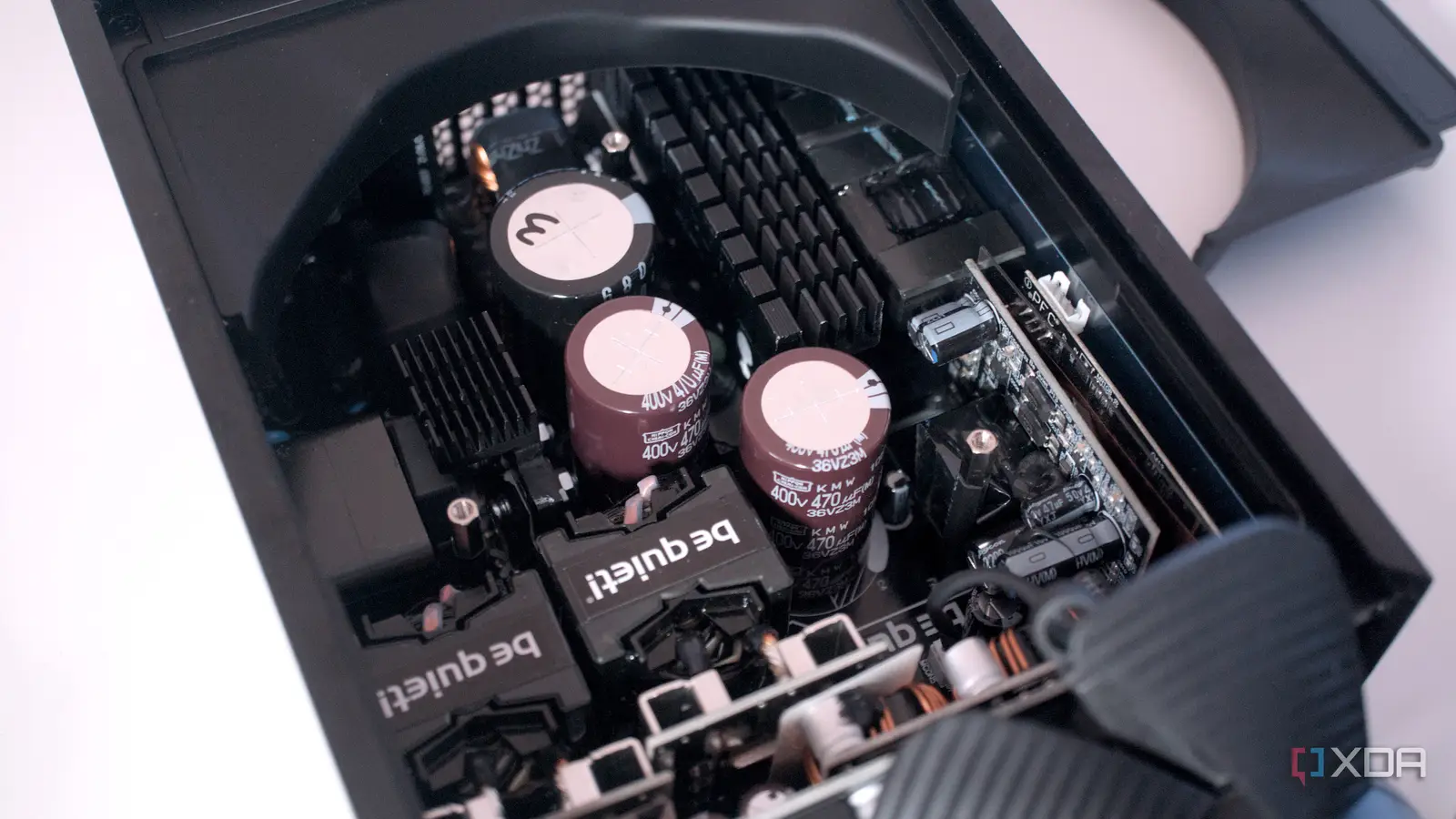
When planning out a PC build or considering your next component upgrade, power draw is usually at the top of mind, ensuring your PC will have enough power to properly run all the hardware. Not having a powerful enough power supply can result in system crashes and even potential damage to components if you’re not careful. It’s fairly easy to work out just how much rated capacity will be required for your system build, but it’s important not to tunnel vision too much on power draw and overlook other power-related factors.
Transient power spikes (sometimes referred to as power transients or voltage spikes) are short, sudden increases in electrical current or voltage that can occur within electrical circuits or on the power grid. Usually lasting just a few microseconds or one or two milliseconds at worst, these transient power spikes can prove to be deadly for PC hardware. The components inside your system are incredibly sensitive, which is why we focus so much attention on the quality of the power supply unit (PSU) providing all that clean current.
What causes transient power spikes?
Lightning strikes are your PC’s kryptonite
A major contributor to power spikes is lightning strikes. Depending on the location and what is struck, a lightning strike and induce huge voltage spikes on power lines or communications infrastructure, which can then travel into buildings and damage connected hardware. But it’s not always the weather, as power grid fluctuations can cause transient spikes, such as transformer failures, line breaks, and other physical problems on the network. All of this can harm the power being transmitted to your home.
But then there’s the potential for local transient power strikes, caused by the switching or large, power-hungry hardware and appliances. When turning on (or off) your fridge, air conditioning, or other high-power devices, this can cause voltage dips or spikes due to the sudden change in electrical load as everything attempts to balance out. Even the power supply inside your PC can generate transient spikes during system startup or shutdown. Finally, we’ve got electromagnetic interference (EMI) through the generation of electromagnetic pulses.
Why should I be worried about my PC?
No, but it’s worth bearing in mind
I wouldn’t get too worked up about what could happen to hardware plugged into your house outlets. Electricity is an incredible technology we’ve managed to master, but even with all our modern know-how and centuries of experience, there are still some things that are out of our control. Namely, the weather. Should you not have enough protection in place or your spike shielding fails on all levels, you could experience gradual or immediate damage to components inside your PC and other electronic devices.
It could be as little as your CPU or GPU not working as well as it should, or at worst, your PC outright refusing to boot at all. Hardware inside your PC is incredibly sensitive to voltage fluctuations, which is why the PSU has so much technology packed into it to ensure the power delivered out the other end is as stable as possible. Should your system be running at the time a spike hits your home, there’s even a risk that a component could overheat, causing an electrical fire. Is it worth shutting some devices down during lightning storms? Absolutely, but I don’t recommend worrying too much about all this without cause for concern.
The national grids in most countries are stable and robust enough to handle power issues before they even hit your home.
How to protect your PC (and everything else)
Ensure adequate protection is in place
The best way to protect your PC and other hardware from transient power spikes (and other power phenomena) is to implement various protections, usually in the form of strips, fuses, and an uninterruptible power supply (UPS). Your consumer unit includes various protections by default, depending on where you’re located. In the UK, we have strict guidelines that electricians must follow when loading up consumer units with circuits. These are vital for taking the brunt of any notable spikes, but transient spikes can pass through.
That’s where a UPS and power extension sockets with surge protection come into play. You must use some form of surge protection between the power outlet on the wall and your PC. Even more so for servers and network-attached storage (NAS) running on the circuit. These devices absorb and direct excess voltage to ground, protecting everything plugged into the supported outlets, and are brilliant at handling the smaller power issues, such as short-term transient spikes. A UPS takes it to another level with battery backup power.
It may also be a good idea not to overload an outlet or surge-protected extension strip with too many high-power devices. I wouldn’t suggest running a Proxmox server and gaming PC on the same strip, for example. Separating them can help not only mitigate any potential problems, but should one strip be overwhelmed, you won’t risk both systems. PCs, servers, and other hardware likely have built-in protections too, including voltage regulation within the PSU, though external protection is still highly recommended.
Most importantly, purchase a well-reviewed and reliable PSU from a reputable brand. It may be easy to poke fun at no-name units found inside some desktop systems, but these may not offer the same protections as their more expensive counterparts. And like I said, PSUs themselves can cause transient power spikes, so do you want to run the risk of your own PC damaging itself? Never cheap out on the power supply, and you shouldn’t have any problems. I’ve never lost a system due to power problems, largely because I always invest in adequate protection.



